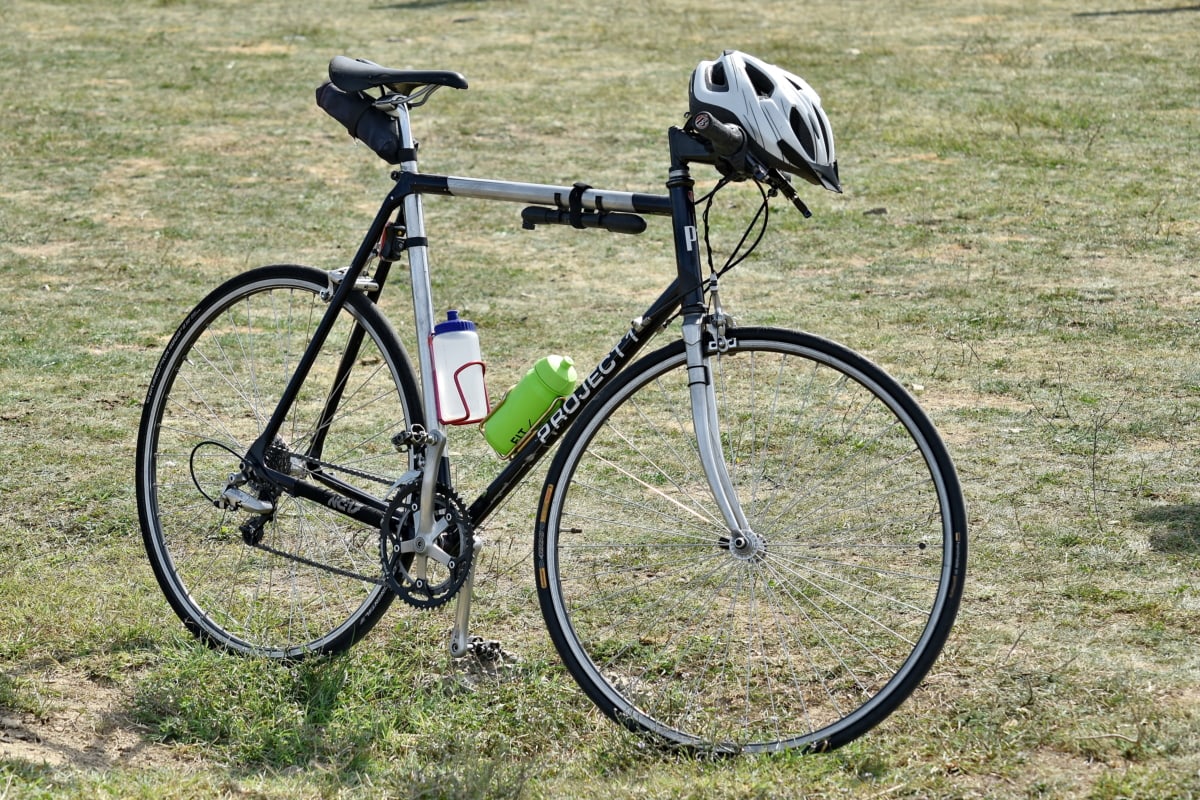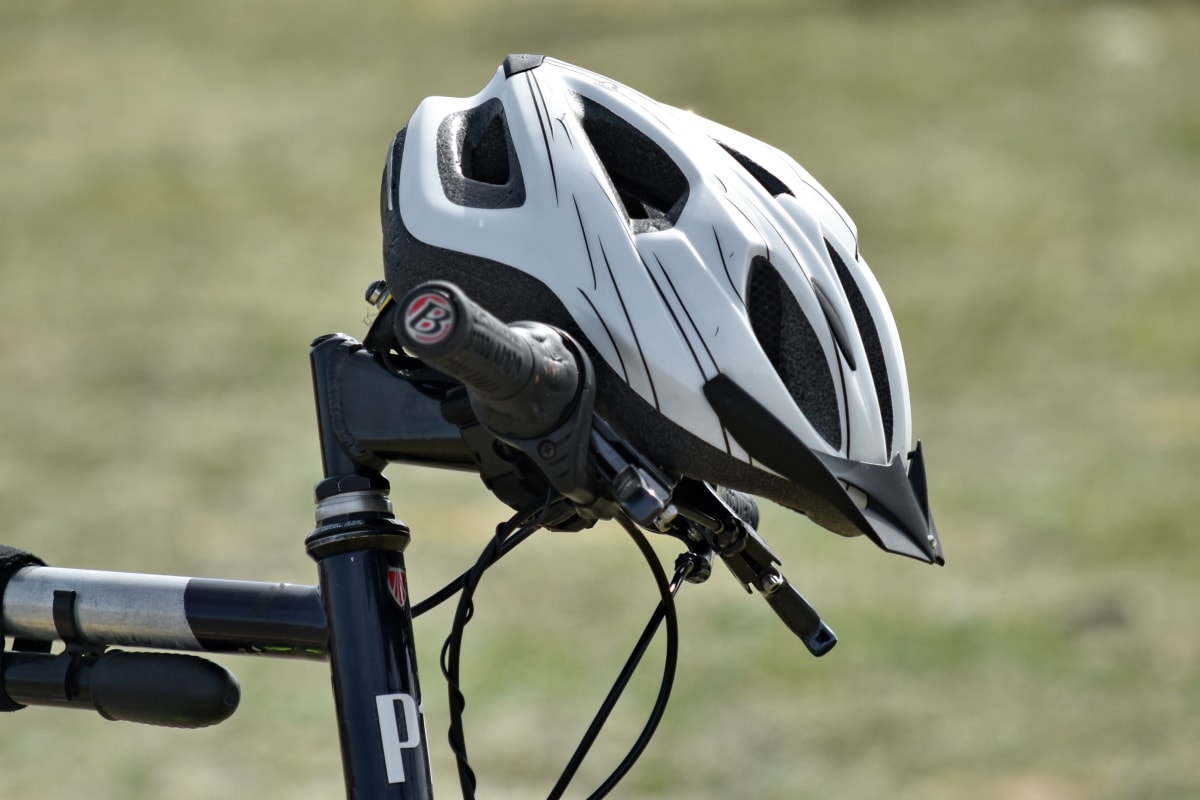
The road bike helmet has evolved a lot in terms of quality and safety compared to the first polystyrene model introduced to the market many decades ago. Those helmets have become so specialized that if you love road cycling or city biking, you will need one. Overall, a good road cycling helmet must be aerodynamic, lightweight, high visibility, and super protective. It is somewhat overwhelmed for a novice cyclist like you when you decide to look for a decent road cycling helmet for the first time. Many FAQs for road bike helmets are likely to pop up in your head, and you need the right answers.
Recently cycling has become more competitive, and every watt of energy is vital during training and racing. Of course, the road cycling helmet is one of the fundamental and essential items for your safety. To help you find a good road bike helmet that suits you most, we have rounded up several top FAQs for road bike helmets and also provide the best possible answer to each question.
This article is destined to be informed you about the most frequently asked questions about road bike helmets, which have already been debated among novice cyclists worldwide. If you are reading these lines, it means that you have decided to buy a road cycling helmet. Additionally, it would be best to do your homework by searching for more information about everything related to the helmet, such as materials used, certification, safety standards, or the differences among various models on the market. Read this article thoroughly before making the decision.
>>>If you are looking for a decent road cycling helmet, click here
>>>Check out our buying tips for a road cycling helmet
How to find your best road bike helmet
If you are a cyclist, you definitely need a helmet to protect your skull. In many accidents, lots of lives could have been saved if they only wore a helmet while cycling on the road. Although all helmets are designed to protect cyclists’ skulls from severe injuries, the materials used to craft those helmets make each model unique in many aspects. Finally, if you decide to buy a road cycling helmet either for yourselves or your kid, make sure that all the following fundamental parts are carefully observed.
- An outer shell, either made from plastic or polycarbonate, is firmly intact, and no crack is visible.
- No sign of deformity on the polyurethane inner shell, especially after the impact. The rule of thumb is that helmet must be replaced after a significant impact regardless of its appearance.
- A rear fastening strap must allow you to widen or tighten the helmet to fit your neck firmly.
- The straps must be in good condition, and a hook should be firmly established.
- Look for a standard safety label inside the helmet. It can be either EN 1078 European standard or US CPSC standard. These standard guarantees that the helmet is designed and tested for protection in the event to impact.
Although most helmets on the market are designed to be adjustable, it is advisable to check your head circumference before buying.
Can we wear a road bike helmet for mountain biking?
A road bike helmet usually comes with a tiny visor or no visor. In contrast, the mountain bike helmet is equipped with a broad visor to protect the eyes and face from dusk or mud. According to many cyclists, it obviously makes no real difference between the MTB type helmet and the road cycling helmet in terms of performance and comfort.
Additionally, some researchers have pointed out that the road bike helmet helps reduce the drag coefficient effect during cycling on the road which eventually improves the aerodynamic impact. Furthermore, road cyclists are likely to be susceptible to Tarmac’s secondary heat radiation, so they must be protected against the radiation by the best possible ventilation helmet while riding under the Sun.
On the contrary, mountain biking deals with a trail ride in dense forests that can absorb and emit the heat caused by Tarmac. Therefore, a road bike helmet appears to be indispensable for road biking. In contrast, the MTB helmet is only an option for mountain biking. For mountain bikers, increased protection and adaptability are the primary concern when buying the helmet for mountain biking because it is more at risk of crashing into terrain rock, roots, and other trail ride obstacles. Ultimately, a road bike helmet can provide the same protection and adaptability level as the MTB helmet. Thus, it is safe to say that you can use a road bike helmet on mountain biking.
What is the US CPSC standard for the helmet?
All helmets manufactured or sold in the United States must comply with the CPSC standard. This standard is required by the US consumer product safety commission that applies to all helmets sold and marketed in the US since 1999. Many of you wonder what the US CPSC standard is and which criteria they use to regulate helmet manufacturing.
The CPSC standard is set and regulated by the American Society for Testing and Materials (ASTM) and the Snell Memorial Foundation. Those organizations mostly perform a drop test to determine how well the helmet can withstand the impact when being dropped from a specific height on hard ground. According to ASTM’s standard, the helmet must remain intact with no deformity sign when performing a 2-meter drop test on the flat anvil. The Snell Memorial Foundation, on the other hand, has adopted a 2.2-meter drop test for its new B-95 standard compared to its 2-meter drop test for the old B-90 standard.
The helmet will be put on to the headform and dropped in a free-fall style from a specific height to perform a drop test. Once it hit the ground, the measuring instrument inside the headform will gauge the G force impact of the headform after the hit. According to the standard G force scale, any impact with over 400 G force scale can cause permanent injuries to your brain. In comparison, G force at a 300 scales can knock you unconscious instantly.
Dirt bike helmet VS road bike helmet
If someone asks you to compare a dirt bike helmet with a road bike helmet, tell him that he compares an apple with an orange. Both types of helmets exist to serve an entirely different purpose. In the case of road biking, you need an aerodynamic design helmet that can provide smooth airflow passing through the helmet’s ventilation system. On the other hand, a dirt bike helmet is usually lighter in weight than a road cycling helmet, but it offers more visibility and adaptability.
Dirt bikers often deal with mud, flying rocks, splashing water, and solar radiation. So many wear special goggles specifically designed to fit individual face types. Most dirt bike helmets come with a raised mouth guard to offer full protection against flying objects during the ride.
What is the MIPS helmet?
First of all, you need to get a glimpse of rotational force, which can severely damage your brain. The rotational force is the force created when your head is hit at a particular angle. After the impact, the rotational force automatically transfers into your brain, causing temporary or permanent brain damage. The modern MIPS technology is invented to prevent brain damage by redirecting the rotational force from being transferred to the brain.
MIPS does stand for Multi-Directional Impact Protection System, which was recently embedded into the MIPS-certified helmet to reduce or minimize the rotational force, which can cause permanent damage to brain tissue. The modern MIPS brain protection system is usually installed inside the EPS foam and comfort padding layer. Basically, the layer itself is designed to imitate the brain protection function. Thus, during the severe impact, the MIPS layer will move inside to helmet to redirect the rotational force somewhere else to reduce the effect.
To identify the certified MIPS helmet, look for a thin yellow liner beneath the inner pad. In some models, you may find the small yellow MIPS logo on the outer shell. However, using the MIPS certified helmet is optional, not mandatory.
The Bottom Line
Imagine that you are descending the hill with an average speed of 60 MPS, and you are not wearing a helmet. What is going to happen if you clash with your bike? If you are lucky, you may get a bone fracture. However, if your head falls off and hits the ground at a particular angle, it might be the last day that you could see your family. Therefore, wearing a helmet is not optional but mandatory.
Until recently, road cycling helmets have become lighter and extremely breathable, offering more protection at a reasonable price. Those helmets on the market are also attractive enough to lure a handful of novice cyclists to the hobby. Most road cycling helmets are certified and guaranteed adequate head protection in severe impact regardless of their price tag. Let’s toast for the modern MIPS technology, the light In-Mold structure, and the outstanding design to fit the head. The road bike helmet is now more comfortable, safe, and light in weight.




